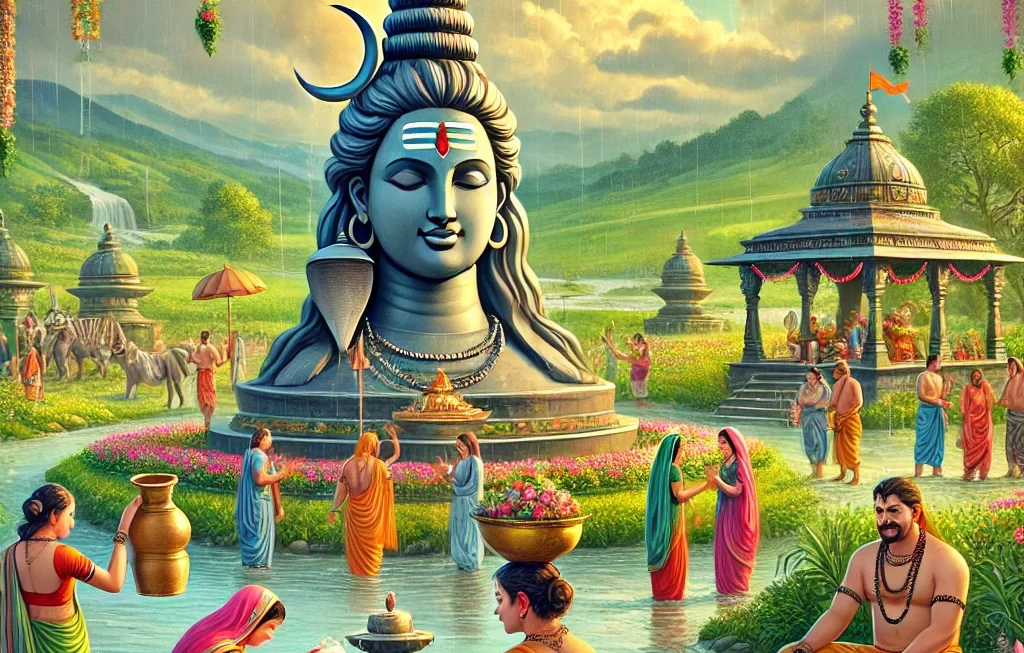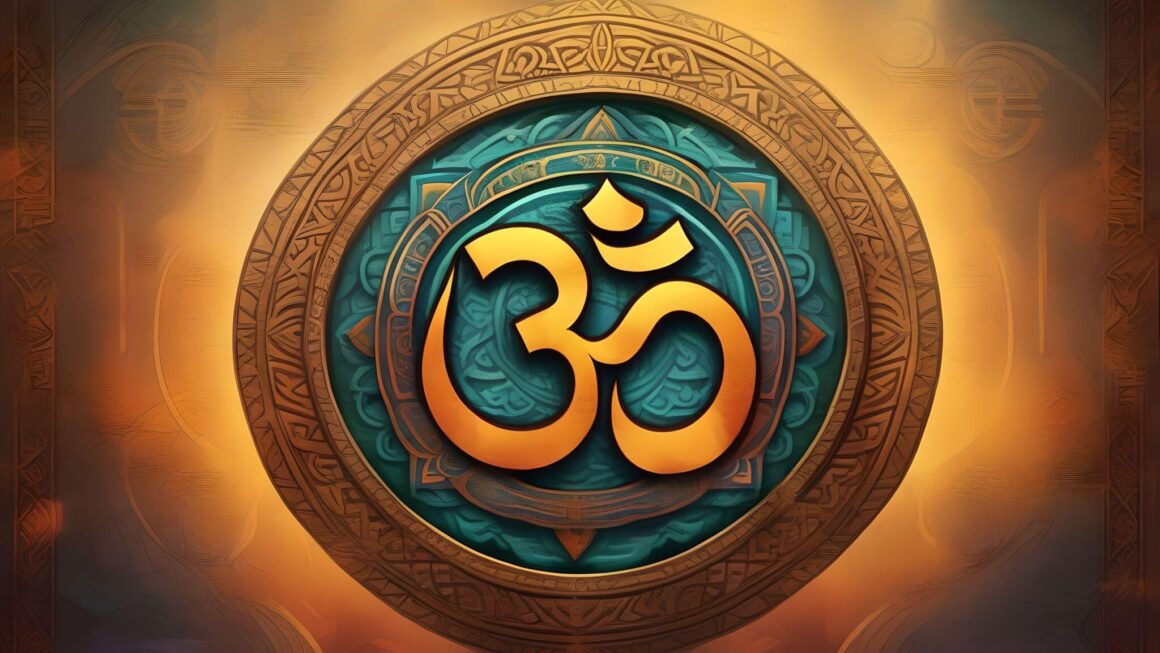The month of Sawan, also known as Shravan, is one of the most special and revered times in Sanatan Dharma. Falling between July and August, this month is filled with devotion, rituals, and vibrant traditions that have been cherished for centuries. Let’s explore the origins, religious significance, and modern-day celebrations of Sawan in an easy-to-understand way.
The Origins of Sawan
The name “Sawan” comes from “Shravana,” a constellation in the sky. This month usually aligns with the monsoon season in India, bringing life-giving rains. One famous story from Hindu history that highlights the importance of Sawan is the Samudra Manthan or the Churning of the Ocean of Milk. During this epic event, a deadly poison emerged from the ocean, threatening to destroy the world. Lord Shiva, in his immense compassion, drank the poison to save everyone, which turned his throat blue, earning him the name Neelkanth. This act of sacrifice is believed to have happened in the month of Shravan, making it sacred to Shiva’s devotees.
Religious Significance
- Devotion to Lord Shiva: Sawan is all about expressing love and devotion to Lord Shiva. Devotees flock to temples, perform rituals, and offer prayers, especially on Mondays, known as Sawan Somvar. On these days, you’ll often find people offering milk, water, bilva leaves, and flowers to the Shiva Linga while chanting “ॐ नमः शिवाय“
- Fasting and Rituals: Many people choose to fast on Mondays during Sawan. These fasts are seen as a way to purify both body and soul. Special prayers and a ritual bath of the Shiva Linga, called Rudra Abhishek, are performed to seek Lord Shiva’s blessings.
- Kanwar Yatra: During Sawan, you might notice groups of people carrying decorated pots. These are the Kanwariyas, devotees who travel to fetch holy water from the Ganges River and offer it at Shiva temples. This journey is a powerful expression of devotion and penance.
- Significance for Women: Sawan holds special importance for women. Married women pray for their husbands’ health and longevity, while unmarried women pray to find a good husband. The festival of Hariyali Teej, celebrated during Sawan, focuses on marital happiness and is celebrated with great joy by women.
Modern-Day Celebrations
In today’s world, the traditions of Sawan continue to thrive, blending ancient practices with modern conveniences:
- Community Celebrations: Many communities come together to sing devotional songs, hold spiritual gatherings, and pray collectively. These events are a wonderful way to bond with others while deepening one’s faith.
- Technology and Media: Thanks to technology, people can participate in Sawan celebrations even if they can’t physically be there. Live streaming of temple rituals, online spiritual sessions, and digital platforms for making offerings have made it easier for everyone to join in the festivities.
- Eco-Friendly Practices: With growing environmental awareness, there is a focus on eco-friendly rituals. Many devotees now use biodegradable materials for offerings and work to keep pilgrimage routes and temple areas clean.
- Charity and Inclusivity: Modern celebrations of Sawan often include acts of charity, like distributing food and clothes to those in need. This spirit of giving and inclusivity truly reflects the essence of Hinduism.
Conclusion
Sawan is a month that beautifully blends spirituality, tradition, and community. Whether through ancient myths, heartfelt rituals, or modern adaptations, it remains a cherished time for Hindus worldwide. As devotees immerse themselves in the sacred practices of Sawan, they seek divine blessings and reaffirm their commitment to a life of faith, compassion, and righteousness.




